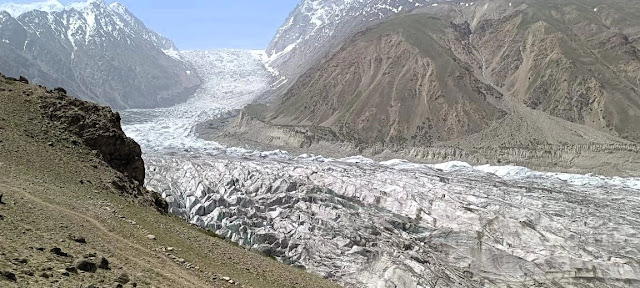Will Our Melting Mountains Ever Return to Their Former Glory
Nepal's iconic glaciers and snow-capped peaks, symbols of natural beauty and vital sources of water, are disappearing at an alarming rate due to climate change. The recent compensation announcement at COP29 raises a critical question: can this funding genuinely restore fragile ecosystems, or is it merely a temporary measure to address visible impacts while neglecting deeper, systemic issues?
 |
| Melting mountains in pakistan (Photo : social media) |
At COP29 in Baku, global leaders committed $300 billion to climate action—an unprecedented pledge but far less than the $1.3 trillion demanded by developing nations. This disparity has fueled doubts about wealthier nations’ commitment to tackling the root causes of climate degradation. Critics argue that without a clear and actionable implementation plan, the promised funds risk being no more than a superficial band-aid for a profound crisis.
For vulnerable nations like Nepal, this compensation feels more like a compromise than a victory. The melting of its glaciers threatens not only its natural heritage but also the livelihoods of millions dependent on its rivers and ecosystems. As India's representative remarked during the negotiations, such funding falls short of the transformational change needed to address the climate emergency.
Despite their disappointment, developing countries, including Nepal, pragmatically accepted the deal, hoping it marks a starting point for more equitable and impactful climate action. However, the question remains—will this funding help restore Nepal's melting mountains to their former glory, or will it merely slow their decline as the world continues to grapple with greed, neglect, and short-term solutions?



Comments
Post a Comment